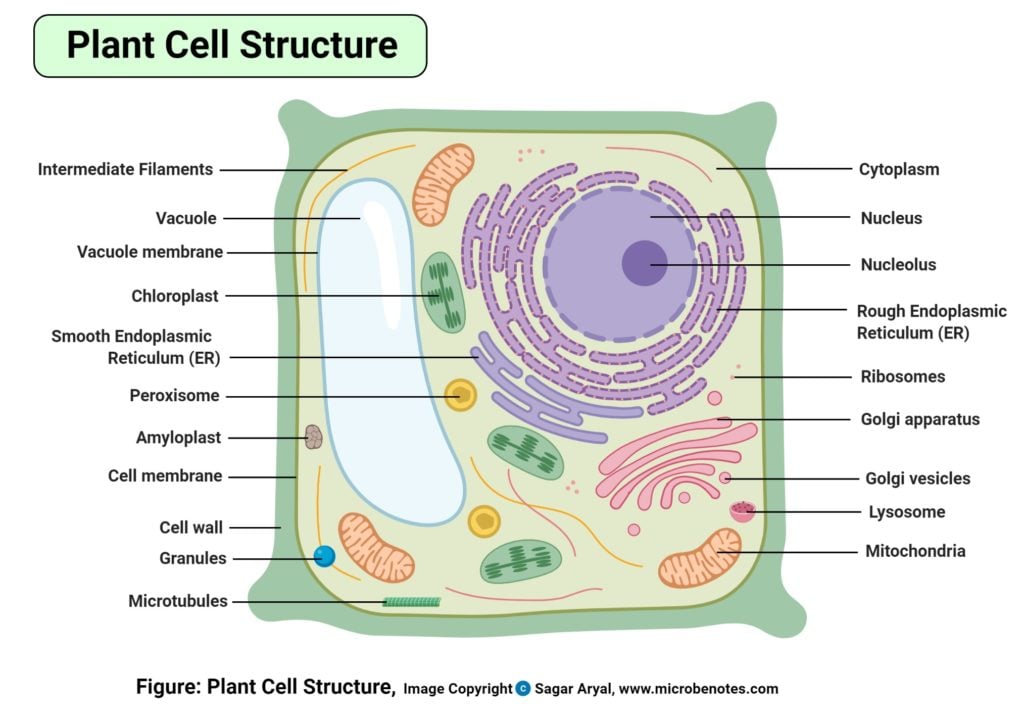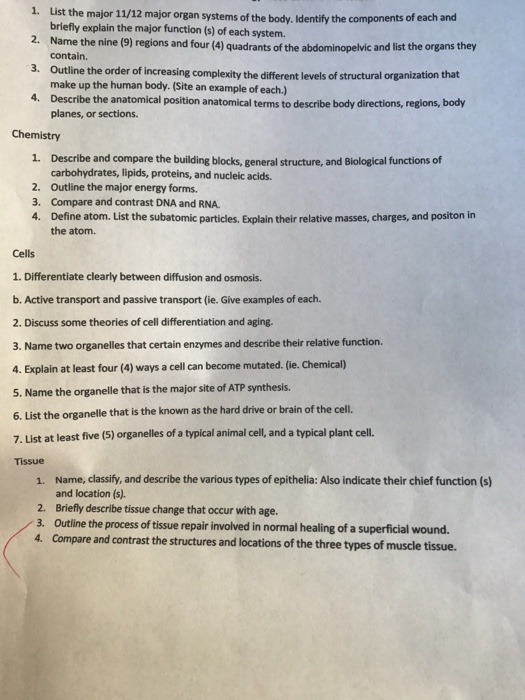34+ Animal Organ System Examples
Reservoir for endocrine systems. Organs such as the heart the lungs the stomach the kidneys the skin and the liver are made up of two or more types of tissue organized to serve a particular function.
Solved 1 Li St The Major 11 12 Major Organ Systems Of Th Chegg Com
Some aquatic animals have organs that remove salts from salt water and an animal like a cow might have multiple stomachs in the digestive system.
Animal organ system examples. Organ systems are groups of organs that work together to perform a specific function. Pancreas-plays an important role in endocrine and digestion system. The kidneys are organs which get rid of water and poisonous materials from the body as urine.
SkeletoMuscular System combination of skeletal and muscular system allows one to move. Various organs are grouped together to form a body system which carries out. The stomach liver lungs and heart are examples of organs found in animals.
Organs examples of which include lungs kidneys hearts and spleens are groups of several tissues that function together. This figure depicts the respiratory system. An organ system is made from a group of different organs which all work together to do a particular job.
They are earthworms or marine worms that according to their anatomical form are classified as. We often look at each other as well as. System of the Body.
The liver has many jobs and is involved in more than one system. The liver has many jobs and is involved in more than one system. Various organs are grouped together to form a body system which carries out a special job.
Cells working together form tissues tissues working together form organs and organs working together form organ systems. An organism is made up of four levels of. Most organs have functions in only one organ system.
EXAMPLES Using the circulatory system as an example a cell in this system is a red blood cell the hearts cardiac muscle is a tissue an organ is the heart itself and the organ system is the circulatory system. The human body has 11 different organ systems. Humans and other mammals have many organ systems.
In higher organisms organs are grouped into organ systems. Integumentary and immune system play critical roles in preventing life threatening infections of all your organ systems. Stems and leaves are two types of organs found in plants.
Support and movement of organism. You and many advanced mammals have similar organs and systems. An example of an organ system is the circulatory system which includes the heart arteries veins and capillaries.
Annelids segmented body in the form of rings nematodes cylindrical body or platelmintos flattened body. Body system organization begins with the cell. Most of the organs have all four types of tissues and they make up the whole organ system.
The eye is the organ of sight. An organism is an individual living form. Integumentary Skin hair hooves horns etc Keeps out pathogens regulates body temp gives shape and color protects internal organs System made almost entirely out of protein Animal skin is called the hide Most animal hides made into leather.
The stomach is involved only in the digestion of food as part of the digestive system. Organs are grouped into organ systems and they work together to carry out a particular function. The lungs bring in oxygen and eliminate CO2 the heart pumps blood through the body- just to name a few examples.
However there is a wide variety of organ types found throughout the animal kingdom. Here are some examples of organ systems. The kidneys are organs which get rid of water and poisonous materials from the body as urine.
The eye is the organ of sight. Organ systems such as the digestive system are collections of organs that perform a major function for the organism. For example cardiac muscle.
For example the starfish the sea urchin and the ofiura. Dogs cats fish plants and humans are all examples of organisms. Examples include skeletal muscular nervous digestive respiratory reproductive endocrine circulatory and urinary systems.
Systems Cant Work Alone.
27+ Animal Cell Organelles And Functions
Rough endoplasmic reticulum RER. Transport of materials within the cytoplasm.
Animal Cell Definition Structure Parts Functions And Diagram Dna contains all the.

Animal cell organelles and functions. Animal cells have an organized nucleus with the nuclear envelope. It is surrounded by a double membrane called the nuclear membrane which has openings called nuclear pores. Synthesis of ribosomal RNA.
The enclosure around the cell that controls molecules that are allowed to leave and enter the cell. Protein factories makes proteins builds proteins from DNA. Digest foods clean up and recycle digest broken organnelles.
Ii A DETAILED STRUCTURE OF AN ANIMAL CELL. Organelles common to both Plant and Animal cells and their jobs. 8th Jkbose The Cell Functions of organelles and similaritiesdifferences between Animal and Plant cell.
C functions of cell organelles. Moves materials around the cell storage for the cell membrane sac. They have a distinct nucleus with all cellular organelles enclosed in a membrane and thus called a eukaryotic cell.
In addition they have. Animal cell diagram and functions. Animal cells have centrioles which are absent in plant cells.
Start studying Names and Functions of the Organelles in Plant and animal cells. Some free in cytoplasm. Animal cell functions and organelles are linked to each other.
They are considered to be multicellular organisms. In fact the collective work of the animal cell parts is responsible for overall functioning of the cell. This part is responsible for controlling all cell activities and storage of genetic information on threads of DNA called chromosomes.
Learn vocabulary terms and more with flashcards games and other study tools. A group of cells assemble together to form tissues and eventually to organs and organ systems. These disposal enzymes only function properly in environments with a pH of 5 two orders of magnitude more acidic than the cells internal pH of 7.
Animal cells vary in different shapes and size and perform specific functions. Structure and Characteristics of an Animal Cell. 15 rows Animal Cell Model Part I cell membrane cytosol nucleus and mitochondria.
1cell membrane cell membrane enclose the cell and regulates the in and out flow of substance. Melanocytes keratinocytes Merkel cells and Langerhans cells. These organelles are spheres full of enzymes ready to hydrolyze chop up the chemical bonds of whatever substance crosses the membrane so the cell can reuse the raw material.
Ribosome small organelles composed of rna rich cytoplasmic granules that are sites of protein synthesis. The most common types of animal cells are. The organelles are the small tiny microscopic bodies that are present inside the cell of the animal cell which differs in function and differ in shape to do specific functions within the.
Cytoplasm is supposed to be the matrix or gel like substancefluid present inside the cell. Lets take an example of ribosome organelle which does the main function of protein production. Terms in this set 14 Vacuole.
Is the main method of helping to hold all of the plant cell organelles together. ORGANELLES OF THE ANIMAL CELL AND THEIR FUNCTION Nucleolus. It is where many of the chemical reactions happen.
Animal cells organelles and functions. An animal cell is defined as the basic structural and functional unit of life in organisms of the kingdom Animalia. This genetic information is called deoxyribonucleic acid dna.
8 bi A DETAILED STRUCTURE OF A PLANT CELL. A jelly-like material that contains dissolved nutrients and salts and structures called organelles.

